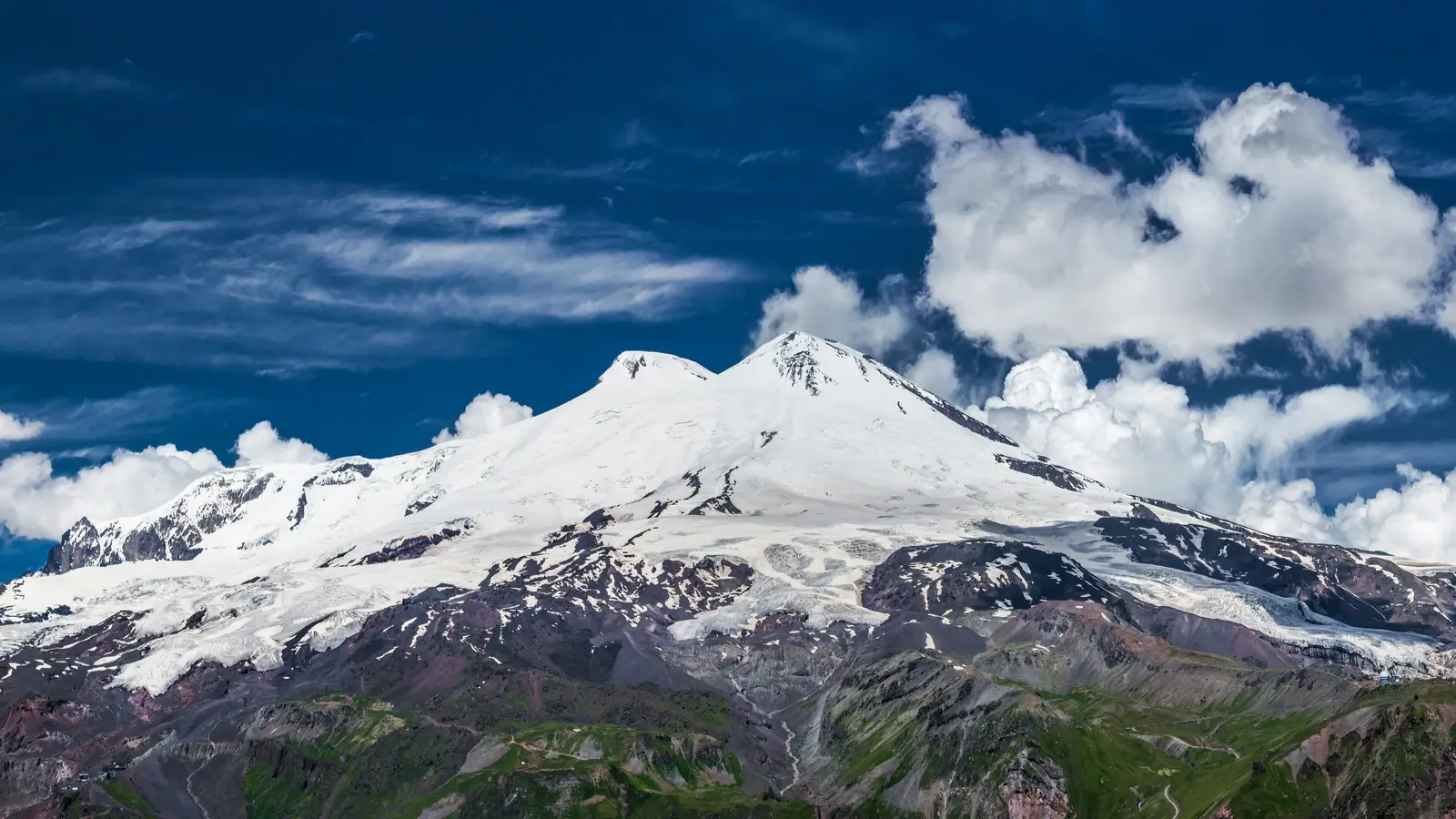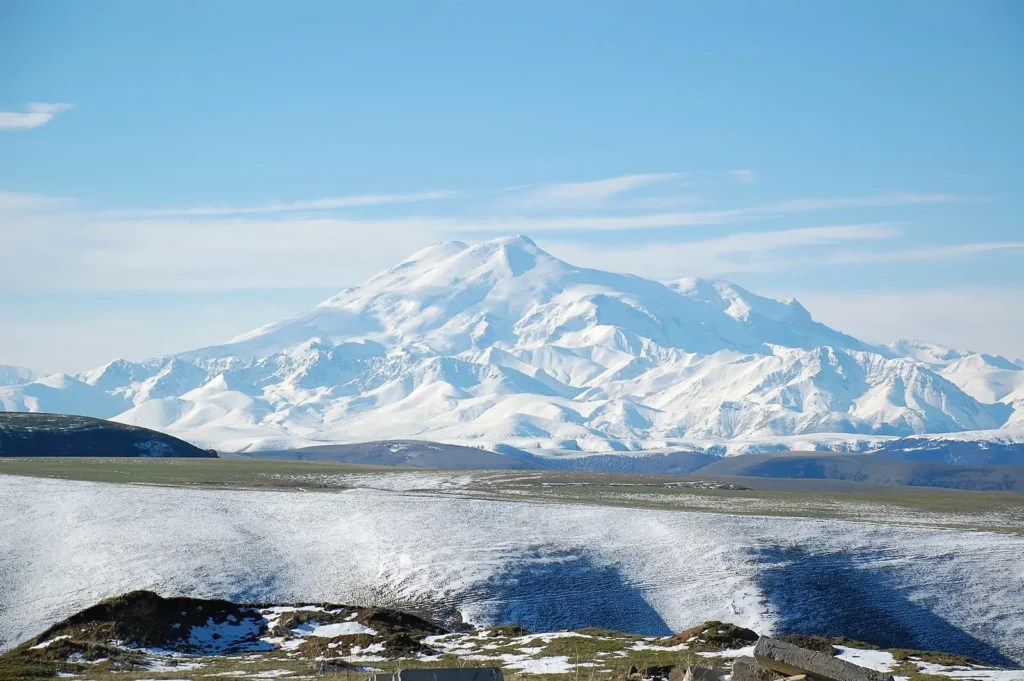Before You Climb Elbrus, Read This First
So, you’re thinking about climbing Mount Elbrus – Europe’s highest peak and one of the Seven Summits. It’s a name that pops up again and again among aspiring mountaineers. But before you start packing your crampons or browsing flights to the Caucasus, it’s worth asking: is Elbrus the right “first big mountain” for you?
The short answer? For many, yes. But understanding what makes it both ideal and challenging can make the difference between a memorable adventure and a frustrating experience.

Mt. Elbrus. Photo: Anna Efimova
Table of contents
Europe’s Roof: Accessible Yet Respectable
Not a Hike – But Not Everest
Europe’s Roof: Accessible Yet Respectable
At 5,642 meters (18,510 ft), Elbrus is the highest mountain in Europe and one of the Seven Summits. That alone makes it an attractive goal. But what really sets Elbrus apart is its accessibility. Located in Russia’s Caucasus Mountains, it’s more logistically straightforward than Himalayan peaks and often less expensive than climbs in South America or Africa.
Technically, the standard route on Elbrus is not highly demanding – there’s no rock climbing or icefall navigation required. A cable car and snowcat service take climbers well above base camp, offering a smoother ascent path compared to many high-altitude climbs. This makes it a realistic summit for fit beginners with basic mountaineering training and a good guide.
Not a Hike – But Not Everest
Don’t be fooled by the snowcat: Elbrus is still a serious mountain. The altitude, weather, and exposure require preparation and respect. Sudden storms, whiteouts, and freezing winds are common, especially near the saddle and summit ridge. Every year, even experienced climbers underestimate it.
Acclimatization is essential. Most summit programs include multiple days to help your body adapt. Crampon use, walking on snow and ice, and navigating with a rope team may also be part of the experience – adding just enough challenge to make it feel real, without overwhelming a motivated first-timer.
Why Elbrus Might Be the Perfect Start
Altitude with Margin – At over 5,600 meters, Elbrus introduces you to real high-altitude conditions, with a manageable learning curve.
No Major Technical Sections – You can focus on endurance, altitude, and safety without needing advanced mountaineering skills.
Solid Infrastructure – The south route has huts, snowcats, and an established trail—ideal for a first expedition-style climb.
Cultural Bonus – The Caucasus region offers a blend of Russian and local culture, remote alpine beauty, and dramatic glacier views.

Who Should Consider Elbrus?
If you’ve done high-altitude trekking (like Kilimanjaro, the Alps, or the Andes) and want to push a little further, Elbrus is a strong next step. It’s also perfect for climbers training for higher peaks like Aconcagua or 6,000ers in Nepal and Peru.
You’ll need good fitness, mental toughness, and the ability to hike 10+ hours on summit day – but not elite climbing experience. With proper training and an experienced guiding team – such as those from Elit Exped, who run regular expeditions on Elbrus – you’ll be well-supported on every step of the climb. Companies with deep local knowledge and logistical experience in the Caucasus are key to staying safe and increasing your summit chances.
Read This, Then Decide
Mount Elbrus is the kind of mountain that builds climbers. It’s not the most technical, nor the most remote, but it’s tall, cold, and demanding enough to teach you what it means to move above 5,000 meters. And yet, with the right mindset and preparation, it’s absolutely achievable.
So before you climb Elbrus – know what you’re signing up for, train smart, go with an experienced team, and embrace the challenge. It might just be the mountain that opens the door to a lifetime of summits.
